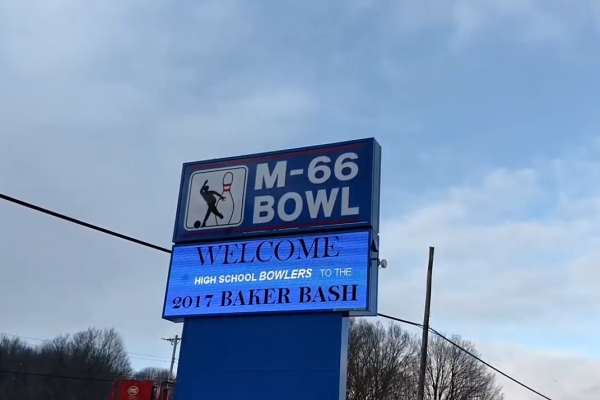4 Rules for Custom Road Signs
As nice as it would be, creating custom road signs isn’t just a matter of picking a design and having it printed. Whether you’re ordering signage for a private community, commercial property, construction site, or a municipal project, custom road signs must follow strict guidelines set by the U.S. Department of Transportation (DOT) to ensure public safety and regulatory compliance. But with so many rules to keep in mind, it can be tough to know how to proceed. That’s why we’re taking this month’s blog post to discuss four tips for designing custom road signage.
1. Follow MUTCD Guidelines
The Manual on Uniform Traffic Control Devices (MUTCD), published by the Federal Highway Administration (FHWA), is the gold standard for traffic signs across the U.S. If your sign will be placed on or near a public roadway, it must comply with MUTCD rules. These rules govern everything from size and font to color, shape, reflectivity, and mounting height.
For example, regulatory signs like “STOP,” “SPEED LIMIT,” or “DO NOT ENTER” must use specific fonts (FHWA Series fonts), colors (e.g., red for stop, white and black for speed limits), and materials. Even custom signs that convey a unique message must mimic these standards if they’re to be recognized and understood by drivers.
2. Use DOT-Approved Materials
Custom road signs must be constructed with high-durability materials and reflective sheeting approved by the DOT. Typically, this means using aluminum sign blanks combined with prismatic reflective sheeting for visibility both day and night. That said, reflectivity levels must match the sign’s purpose; for instance, warning and regulatory signs require a higher level of reflectivity than guide signs or private notices.
3. Respect Sign Placement and Height Regulations
Proper placement is as critical as the sign itself. The MUTCD specifies exact mounting heights, lateral placement from the road, and visibility angles. For instance, most roadside signs should be mounted at least 5 to 7 feet above ground level, depending on whether the sign is in a rural or urban setting. Incorrect placement could make your sign ineffective—or even illegal.
4. Clear and Understandable Messaging
Custom road signs should always prioritize clarity. While the MUTCD allows for some flexibility with custom text, the language must still be direct, easily readable, and recognizable to drivers. It’s also essential to avoid overly decorative fonts or vague messages, and always consider how your sign contributes to traffic safety.
Let Us Handle the Headache
At National Sign and Signal, we understand just how important it is to get the job done right the first time. That’s why our team will work with you to create DOT-friendly signs that always get your message across. For more information on how we can help, click here to contact us today!

